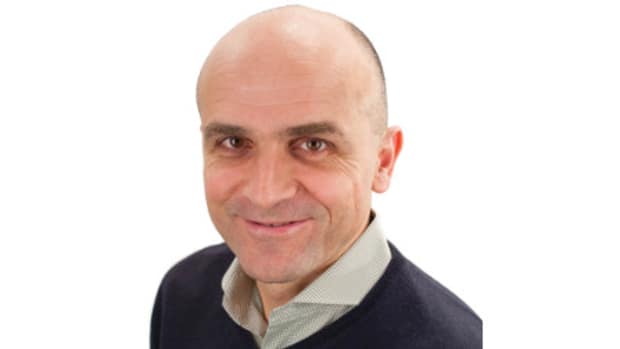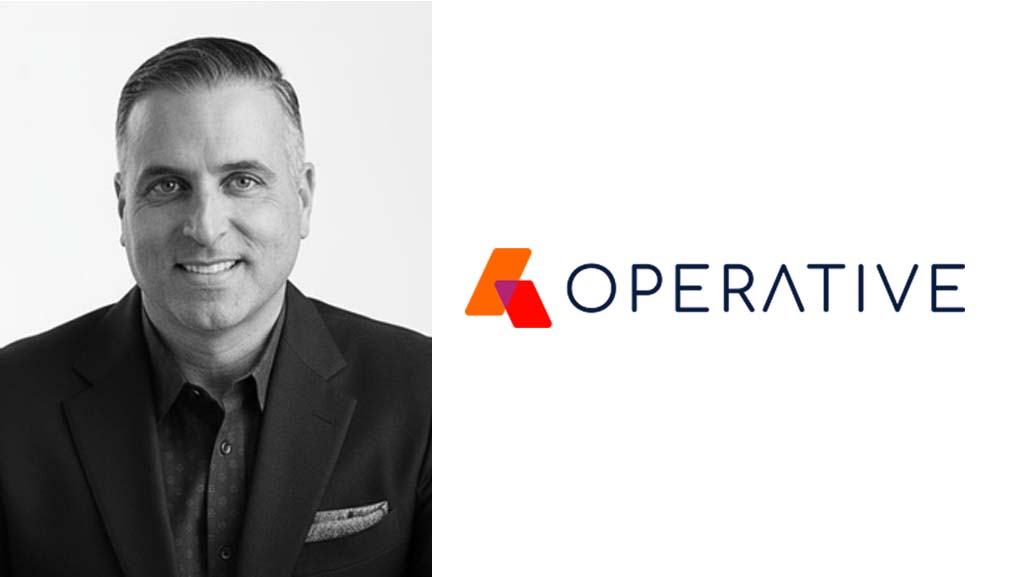Harmonic Serves Tasty Helping Of 3.0 At NAB Show
LAS VEGAS—While the 2018 NAB Show may have seemed like a smorgasbord of ATSC 3.0 developments, one of the tastiest broadcast dishes being served up may have been in the Harmonic booth.
There the company gave broadcasters a sample of what can be done today with existing encoding and stat mux technology in support of Next-Gen TV.
Harmonic showed that it is possible to transmit eight Full HD 1080p60 HDR channels with the help of its HEVC encoding and stat mux technology in a 28 Mbps pool, which is well within the data-carrying capacity of one 6MHz channel. The achievement has a twofold benefit.
A TECHNOLOGICAL PATH FORWARD
First, it means broadcasters have a means of delivering more channels in higher quality over the air than they can today. The demo also subtly made the point that it may be in the best interest of broadcasters to target 1080p60 HDR as the high end of their OTA service. Harmonic did so by displaying its 1080p60 HDR HEVC-encoded and stat muxed channels on a commercially available set that up-resed the sources to 4K UHD HDR.
“When you look at it on a 4K TV, full screen, it’s gorgeous,” said Jean Macher, director of market development at Harmonic during an interview at the booth.

This approach will make broadcasters, viewers and CE manufacturers happy –broadcasters because they can preserve OTA bits and don’t have to undertake a forklift upgrade of their production operations to support 4K; consumers because they can see “gorgeous” images; and CE manufacturers because “they still get to sell their 4K TVs with 1080p60 HDR,” said Macher.
The professional video industry's #1 source for news, trends and product and tech information. Sign up below.
Second, the demo showed broadcasters that they have a technological path forward with a 1.0-to-3.0 transition in which channel-sharing, not simulcasting on a separate 6MHz assignment, will be the mechanism that puts Next-Gen TV on air while protecting legacy DTV viewers.
Indeed, Harmonic announced just prior to the opening of the NAB Show that it is supporting the efforts of the Pearl TV-led ATSC 3.0 Model Market project in Phoenix with its encoding and stat mux technology, which will enable such channel sharing.
[Read: Phoenix Model Market Launches Next Gen TV Broadcasts]
But what about the 28 Mbps throughput? Is that realistic for 3.0 service? As has been written about frequently, throughput is a bit of a squishy thing in 3.0 because unlike a 1.0 broadcast, Next-Gen TV gives broadcasters what’s metaphorically referred to as "knobs" to finetune transmitter output to their business model–for example trading off a bit of throughput for robustness.
“In an apples-to-apples comparison of 1.0 to 3.0, legacy DTV has a throughput of 19.39 Mbps while Next-Gen TV doing fixed services can deliver 24 to 28 Mbp/s of throughput with comparable CNR to ATSC 1.0,” said Macher. “That’s already better. However, over the past 20 years since 1.0 was finalized, receivers and antennas have improved a lot, so you can probably go with a higher capacity / less robust transmission and achieve about 32 Mbps of throughout. On-going ATSC 3.0 trials will play an important role in validating actual performances.”
Further, HEVC is only at the beginning of its life. “There is a huge improvement curve ahead of us,” said Macher.
EQUAL TREATMENT
The company also was showing advanced management capabilities for its stat mux for 3.0. An innovation it refers to as “Convergence” allows channel-sharing broadcasters to define their average bit rate to ensure each is treated fairly. “With this capability, you can have the instant quality of the stat mux together with the converging average bit rate,” Macher said.
Another was a feature called “Data Track,” which allows data other than video to be added to the stat mux pool. If that data isn’t available or necessary, more bandwidth is then available to video services, he said.
While greater throughput is important, it’s far from the only game changer associated with 3.0. For instance, Harmonic also highlighted the hybrid nature of the Next-Gen TV standard—that is how 3.0 is equally adept at leveraging over-the-air and over-the-top content delivery.
“One of the really cool things about 3.0 is it uses a lot of OTT mechanisms that have been in use for a long time,” Macher said.
Harmonic demoed the commonality of DASH in 3.0 OTA and OTT environments. “You can reuse all the innovation, all the proven mechanisms, including ad insertion that have been used and finetuned over the years,” said Macher. “It was a very good move on the part of ATSC.”
[Read: Harmonic Helps Boost KWHY-TV Channel Lineup]
For the demo, Harmonic used its VOS cloud-native media processing to create OTT multiscreen derivatives of an over-the-air channel supporting time-shifting, scrubbing, looping back and nDVR on-demand functionality.
While it might be beyond the reach of local broadcasters from a rights perspective to apply this OTT solution to their network and syndicated programming, news and other locally produced programs are great candidates for this treatment, he said.
Harmonic also conducted private showings of SHVC, scalable high-efficiency video coding for ATSC 3.0 in a meeting room at the booth. SHVC gives broadcasters even more flexibility in how they use their bits, allowing them, for example, to allocate fewer bits over the air and more over the top.
It does so by providing for a base layer and an enhancement layer to be encoded. The base layer, or lower version of a program, can be decoded by a standard HEVC decoder and the enhancement layer adds on to the base layer to enable full-quality video. It requires an SHVC decoder.
One use case could be preserving over-the-air bits and delivering the base layer of multiple channels for mobile reception while bringing those channels up to full quality in the home on the big screen with enhancement layers delivered over the top.
With such a Next-Gen TV focus, it’s not surprising that broadcasters hungry for a better understanding of what’s possible with 3.0, walked away from the Harmonic booth satiated.
For a comprehensive list of TV Technology’s ATSC 3.0 coverage, see our ATSC3 silo.
Phil Kurz is a contributing editor to TV Tech. He has written about TV and video technology for more than 30 years and served as editor of three leading industry magazines. He earned a Bachelor of Journalism and a Master’s Degree in Journalism from the University of Missouri-Columbia School of Journalism.

